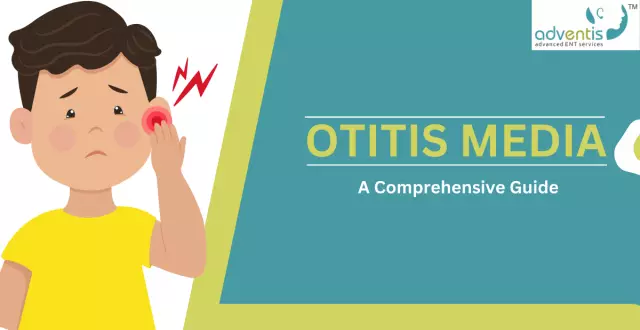- Author Curtis Blomfield [email protected].
- Public 2023-12-16 20:44.
- Last modified 2025-01-23 17:01.
Catarrhal otitis is a pathological process of an inflammatory or infectious nature that occurs in the middle ear. This disease is characterized by damage to the tympanic cavity, auditory canal and the cellular structure of the mastoid process. Catarrhal otitis, the most common pathogens of which are pneumo-, strepto- and staphylococci, occurs in representatives of all age groups, but most often affects the children's body. This is due to the fact that in children the auditory tube is shorter and wider than in adults. This makes it easier for pathogens to enter the middle ear cavity.

Among the total number of patients with ENT pathologies, according to official statistics, catarrhal otitis media is diagnosed in approximately one in four cases. Therefore, timely diagnosis, combined with the right choicetreatment tactics are extremely important for the prevention of various complications and possible adverse consequences of this pathology. It is also important to know the causes and symptoms of this disease, which will help to identify catarrhal otitis at the earliest stage of its occurrence.
Among the factors contributing to the development of the disease are a decrease in the body's resistance, vitamin deficiency, the presence of various infectious agents, and diabetes mellitus. As a rule, acute catarrhal otitis is observed against the background of various chronic pathologies of the nasal cavity, which are accompanied by swelling of the mucous membrane. Also favorable conditions for the development of this disease are influenza, SARS and acute rhinitis. It is important to note that the spread of pathogens that provoke catarrhal otitis media is also possible through the circulatory system with tuberculosis, measles and scarlet fever.

The symptoms of this pathology are manifested by severe headaches, a feeling of congestion in the ears, fever, hearing loss, deterioration in general well-being. In addition, at the acute stage of the disease, radiating pains of a shooting and pulsating nature appear, which can radiate to the teeth, temporo-parietal region. Also, pain is greatly increased during sneezing, blowing your nose, coughing and swallowing.
Estachian tube dysfunction may be accompanied by exudative otitis media, which is characterized by the presence of a muco-serous effusion in the tympanic cavity. The leading pathogenic factor of such otitisthere is a persistent violation of the ventilation and drainage function of the auditory canal. This form of otitis media is characterized by increased secretion of mucus and a protracted course of the disease.
The main diagnostic method here is otoscopy, often with magnification. To clarify the nature of the course of the disease, a study of the functionality of the auditory canal is also carried out using some publicly available samples. In addition, an impedance survey is often prescribed to detect a flattened curve. The patient's hearing status is checked with tuning forks and audiometric methods.

Treatment of otitis media in the absence of additional complications and adverse factors is carried out mainly at home. The patient is prescribed bed rest, local anesthetics (usually ear drops containing analgesics). In addition, various warming agents are needed: semi-alcohol compresses, a heating pad, an ultraviolet lamp, UHF physiotherapy and others. It should be noted here that warming procedures can only be carried out if there is a normal temperature, otherwise you must first take an antipyretic.
Also very effective for otitis media can be vasoconstrictor drops in the nose, which will reduce swelling and restore the patency of the auditory canal. For the treatment of acute catarrhal otitis, antibiotics and restorative drugs are often prescribed. With adequate therapy, the entire course takes no more than a week. It is important to remember that self-treatment of otitis mediahighly discouraged as it can become more severe (intrinsic or purulent) and cause intracranial complications.






